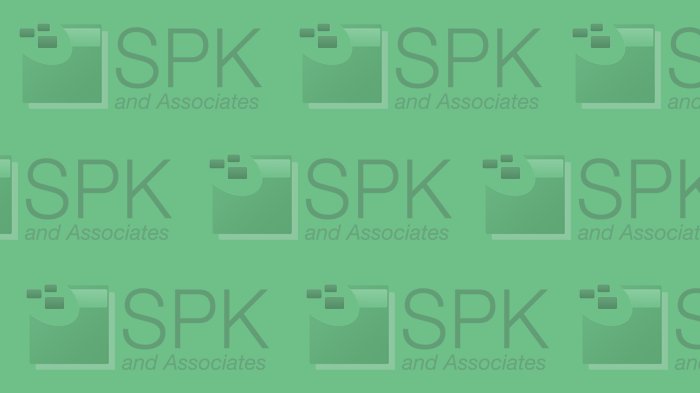This seems to be the age of “Big Data”. Every sector seems to have a need for it — from biotechs doing genome sequencing, to financial providers mining market data. For many, the ability to store massive amounts of structured or unstructured data is the key to success, and accessing that data quickly is just as important. Traditionally, centralized storage was the go-to solution. You invested in an expensive Storage Area Network, and in return, it provided excellent performance and scalability.
From a small business perspective, a traditional SAN presents several challenges:
- Cost – A SAN is typically composed of a storage controller, some disk shelves, and a separate fiber channel network. Then you have some not-so obvious costs like SAN software & licensing (management software, replication software), and HBA costs.
- Administrative overhead – Ethernet switching and routing is ubiquitous. Fiber channel on the other hand, requires experience with FC switches, zoning, multipathing, etc. You’d be best suited to hiring a dedicated storage administrator.
- Scaling with respect to cost – You invest in the SAN equipment, increase your compute capacity, purchase more SAN equipment, rinse, repeat. As you grow your SAN, how do you plan for upgrades? How do you justify eventual forklifts?
Enter the new era – distributed filesystems. Ok, perhaps this isn’t so new. Google developed their own in house proprietary filesystem years ago, called BigFiles. It was designed to run on commodity servers, be resilient (since it runs on commodity servers), and perform well. No HBAs, no separate fiber infrastructure, no costly SAN. The idea is that as one unit of computing is added, you get an additional spindle or two of IO – so performance is linear as you scale.
Several open source distributed filesystems have gained in popularity recently. One of which I’ll be discussing today is Ceph. Developed as a drop-in replacement for Hadoop’s distributed filesystem, I’ll show you how you can quickly deploy it to serve as your primary storage. And even if you’re not sequencing any genomes, you likely either have; a VMware cluster, an Exchange installation, or users who simply like to store lots of files. Any of these situations can reap the benefits.
Click here to download our Quick Start Guide to Installing Ceph.







